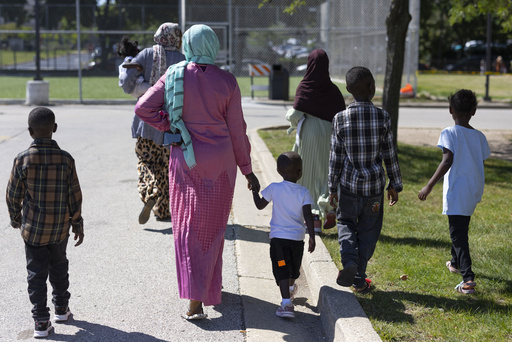Over 200 cities and counties have acknowledged racism as a public health crisis in recent years, especially following the murder of George Floyd in Minneapolis in May 2020. This acknowledgment has brought attention to addressing racial disparities in issues like COVID-19 mortality rates and maternal mortality rates in communities around the United States.
Many racial justice advocates believe that these declarations represent a breakthrough in finally centering conversations on race in American society. Efforts to address racism as a public health crisis have been carried out by health departments, task forces, consultants, and community organizers across various regions.
Despite these efforts, individuals in places like Milwaukee and Sacramento County feel that not much has changed years after the declarations were made. Officials assert that eradicating centuries-old systemic racism will take time. However, experts, officials, and advocates agree that these declarations serve as a crucial first step towards building a racially equitable society.
Research indicates that racism can have severe health consequences on people of color, including chronic stress, anxiety, and higher rates of heart disease and asthma. Recognizing and naming racism is seen as vital in developing solutions to address these health disparities and promote equity in society.
In Milwaukee, efforts to combat racism as a public health crisis have led to the creation of a community health improvement plan. This plan aims to tackle issues such as voter registration, infant mortality rates (which are significantly higher among Black infants), and lead poisoning in older homes disproportionately affecting Black children.
Similarly, Sacramento County in California has received funding to address racial disparities from federal grants. Initiatives include creating an action plan, training staff on implicit bias and racial equity, and forming a fellowship program for college students to promote employment pathways. Despite these efforts, community organizers have expressed frustration over the lack of visible progress in addressing racial equity.
Moving forward, officials and advocates emphasize the importance of sustained commitment, investment, and community involvement to dismantle systemic racism and achieve a more equitable and inclusive society. Despite challenges and setbacks, the focus remains on taking concrete actions to address racism and promote better health outcomes for all individuals, regardless of their race or ethnicity.
